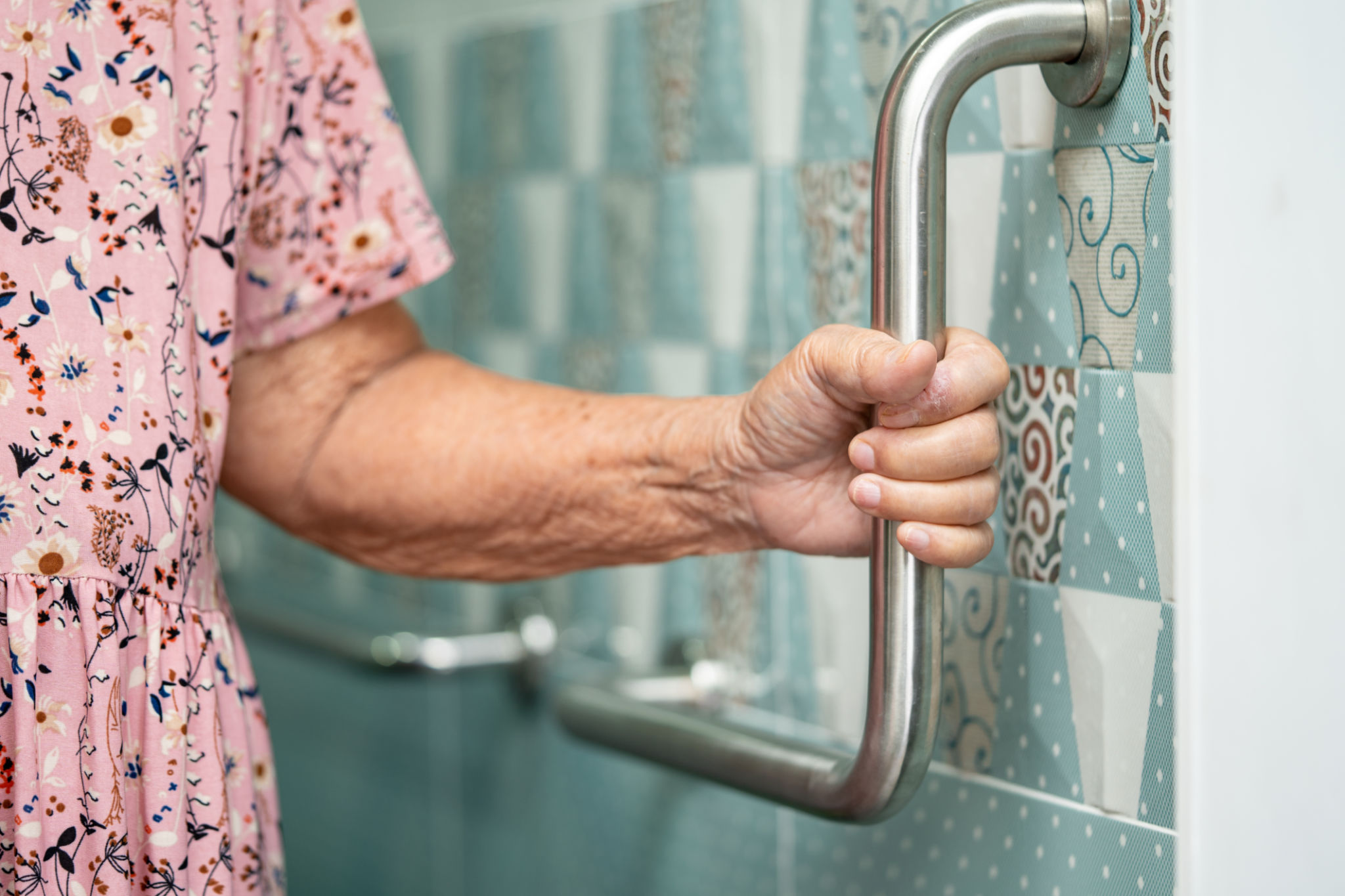Preparing Your Home for In-Home Elderly Care: Essential Tips
Creating a Safe Environment
As your loved one transitions to in-home elderly care, ensuring their safety is paramount. A home should be a haven where they can move freely without the risk of injury. Start by removing any tripping hazards like loose rugs, electrical cords, and clutter from walkways. Consider adding non-slip mats in the bathroom and kitchen areas to prevent falls.
Install grab bars in strategic locations, such as next to the toilet and inside the shower. These support structures offer stability and peace of mind for both the elderly and caregivers. Additionally, check that all lighting is adequate throughout the home, especially in stairways and hallways, to help prevent accidents.

Adapting the Space for Comfort and Accessibility
Comfort and accessibility are crucial when preparing your home for in-home elderly care. Rearrange furniture to create wide, obstacle-free pathways that accommodate walkers or wheelchairs if necessary. It's also a good idea to ensure frequently used items are within easy reach to minimize the need for stretching or bending.
Consider investing in furniture that offers extra support, such as chairs with armrests and beds with adjustable heights. If your loved one has mobility issues, you might want to install a stairlift or ramps to make all areas of the home accessible.

Setting Up Essential Medical Equipment
For many elderly individuals, medical equipment is an essential part of daily life. Set up a dedicated space for any necessary devices like oxygen tanks, CPAP machines, or blood pressure monitors. Ensure these items are easily accessible and that you know how to operate them correctly.
Keep a well-stocked first aid kit and all medications clearly labeled in one location. It's beneficial to have a list of emergency contacts and medical information readily available for caregivers and family members.

Personalizing the Living Space
Personal touches can make a significant difference in making your loved one feel comfortable and at home. Decorate their living space with family photos, favorite books, and cherished mementos to create a warm and inviting atmosphere.
Encourage your loved one to participate in setting up their space according to their preferences. This involvement can provide them with a sense of control and ownership over their environment, which is crucial for emotional well-being.
Preparing for Social Interaction and Activities
A vital component of in-home elderly care is ensuring your loved one remains socially active and engaged. Set up a schedule for regular visits from family and friends or organize group activities that cater to their interests. This interaction helps combat loneliness and keeps their spirits high.
Consider arranging for community service providers such as meal delivery or transportation services if needed. These resources can assist with maintaining independence while ensuring your loved one remains connected to the outside world.

Monitoring and Adjusting Care as Needed
Once your home is prepared for in-home elderly care, it's essential to regularly assess the living situation to ensure it continues to meet your loved one's needs. Be open to making adjustments as their health or mobility changes over time.
Communicate openly with caregivers and family members about any concerns or changes observed. Regular check-ins help ensure everyone involved in the care process feels supported and informed.